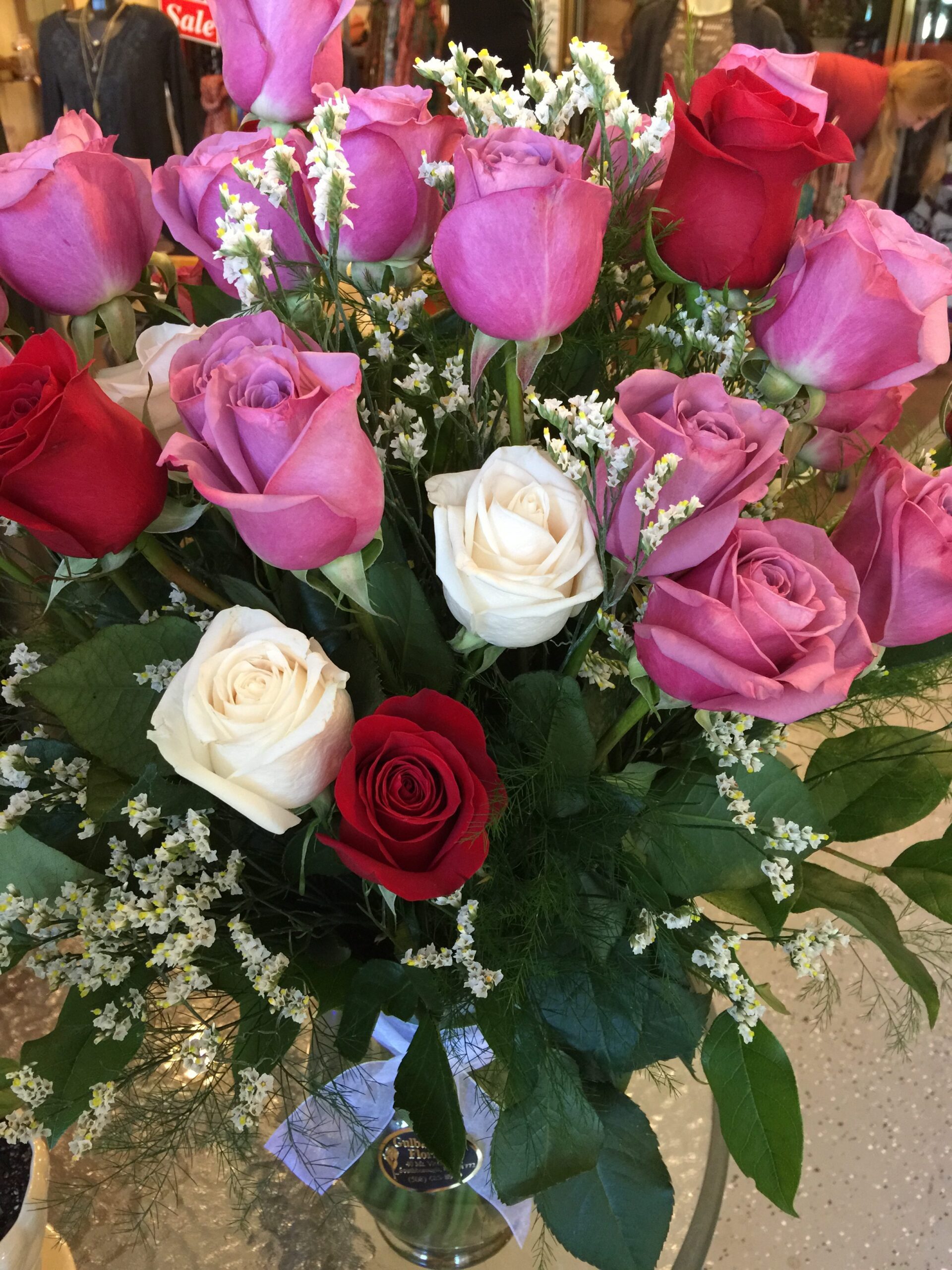Artistry in Bloom: Mastering the Art of Flower Arrangement in a Vase
Flower arrangement, often regarded as an ephemeral art form, holds a timeless allure. The harmonious blend of colors, textures, and shapes in a well-crafted floral composition can captivate the senses and evoke myriad emotions. Mastering the art of flower arrangement in a vase goes beyond mere placement; it is an expression of creativity, skill, and understanding of the natural world. In this exploration, we delve into the nuances of floral design, uncovering the secrets behind creating stunning arrangements that enchant and inspire.
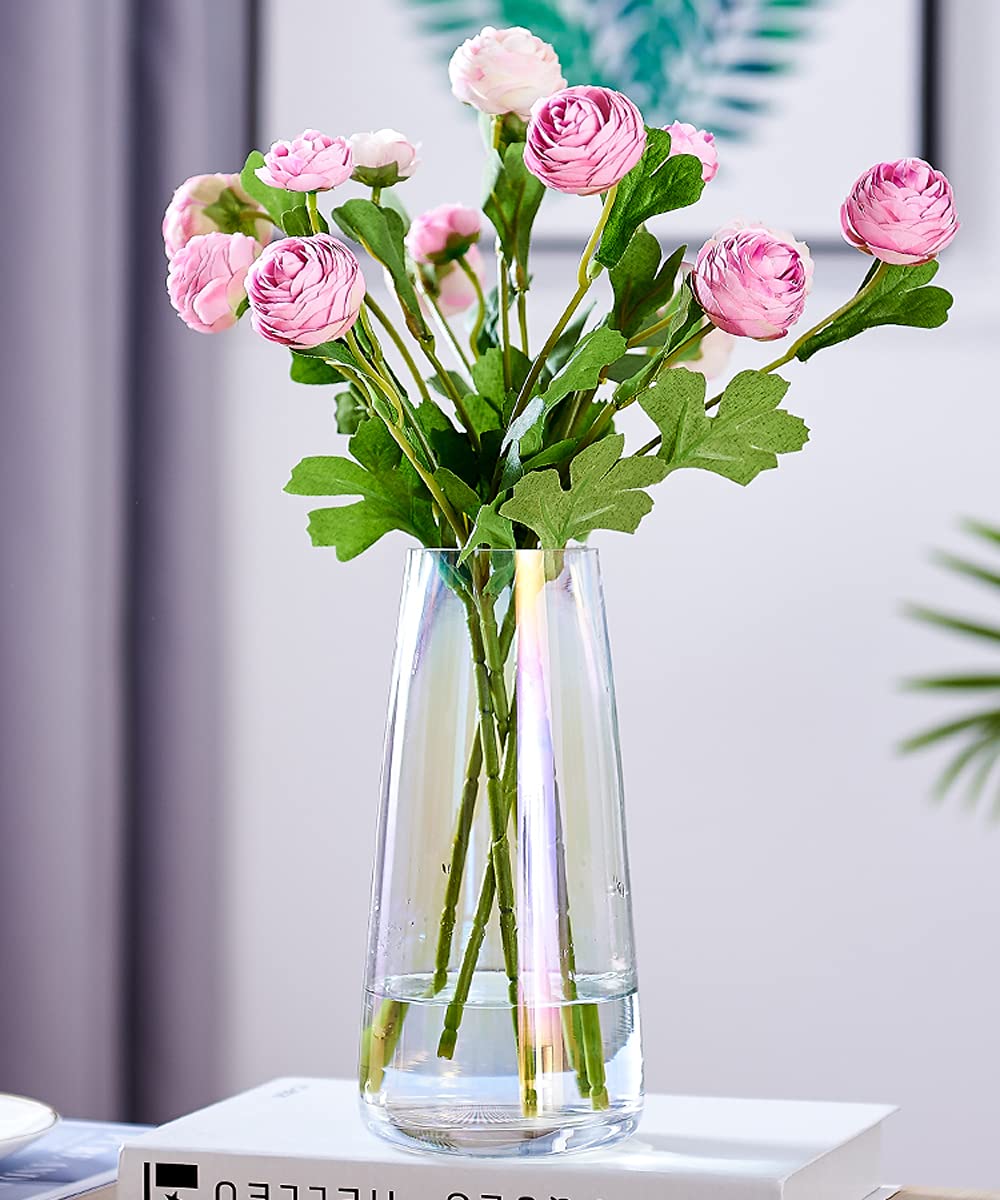
The Essence of Floral Artistry
At the heart of every captivating floral arrangement lies the essence of floral artistry. It is the delicate balance between form and function, where each bloom is carefully selected and positioned to convey a specific message or evoke a particular mood. Whether it be a whimsical bouquet of wildflowers or a sophisticated arrangement of roses, the artistry lies in the thoughtful interplay of colors, shapes, and textures. Each flower has its own personality, and skilled florists harness this innate beauty to compose arrangements that resonate with viewers on a profound level.
Choosing the Right Vessel: The Foundation of Floral Design
The vessel in which a floral arrangement is displayed serves as the foundation of floral design. Whether it’s a classic glass vase, a rustic ceramic pot, or a sleek metal container, the choice of vessel significantly impacts the overall aesthetic of the arrangement. The size, shape, and material of the vessel should complement the flowers it holds, enhancing their natural beauty without overpowering them. Additionally, considering the spatial dimensions and proportions of the vessel is crucial for achieving balance and harmony in the arrangement.
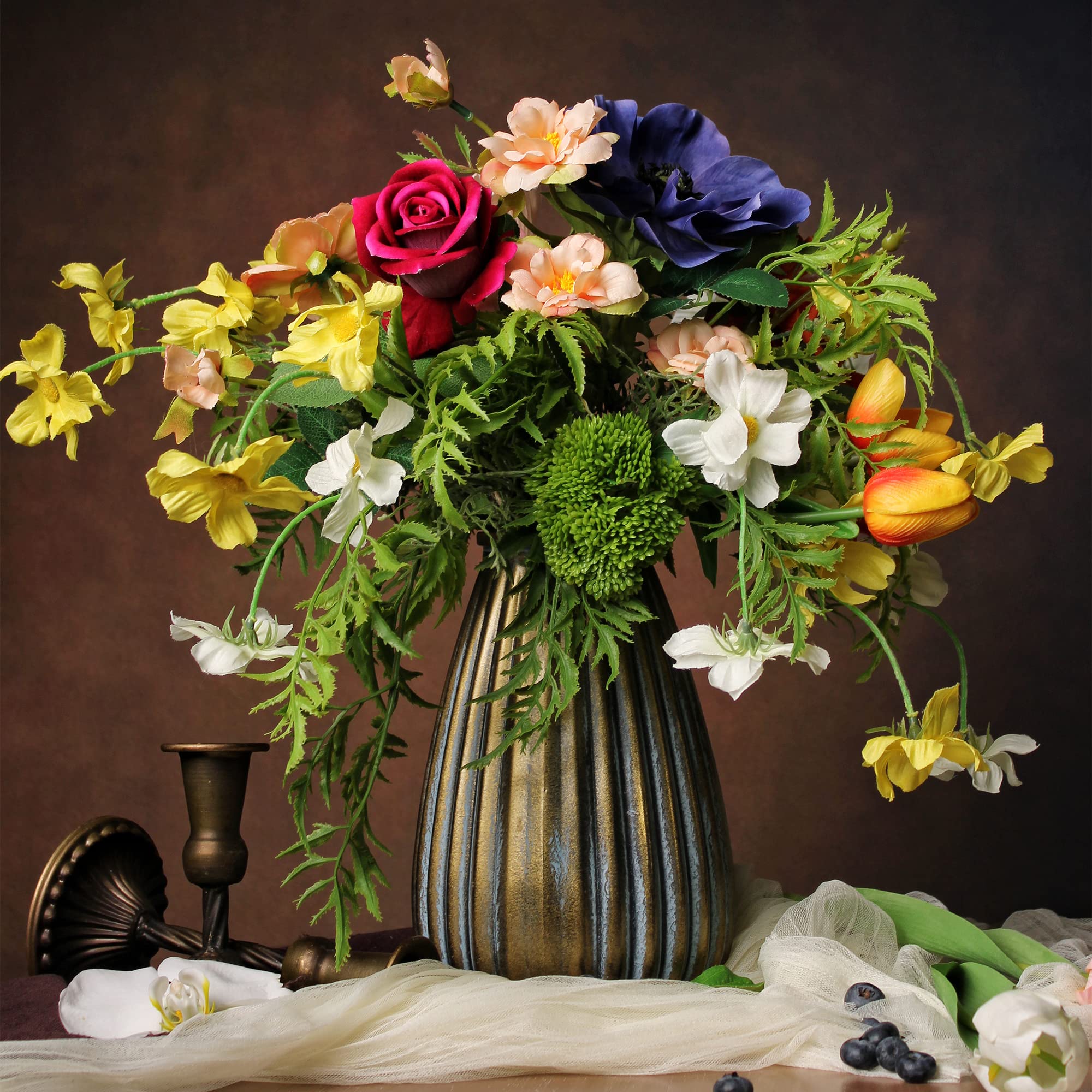
The Language of Flowers: Symbolism and Significance
Flowers have long been imbued with symbolic meaning, each variety carrying its own significance and history. From the romantic allure of roses to the purity of lilies, understanding the language of flowers adds depth and complexity to floral arrangements. Whether used to convey love, gratitude, or sympathy, incorporating flowers with symbolic significance allows for a deeper connection between the arrangement and its recipient. Skillful florists adeptly weave these symbolic elements into their designs, infusing each arrangement with layers of meaning and emotion.
Color Theory: Harnessing the Power of Palette
Color plays a pivotal role in floral design, influencing the mood and atmosphere of an arrangement. The principles of color theory guide florists in selecting complementary or contrasting hues to create visually striking compositions. Warm tones evoke feelings of passion and energy, while cool tones impart a sense of calm and tranquility. Understanding the psychological effects of color allows florists to evoke specific emotions and set the tone for any occasion through their arrangements. By artfully blending colors, florists create dynamic and engaging compositions that captivate the eye and stir the soul.
Texture and Form: Adding Dimension to Design
In addition to color, texture and form are essential elements that contribute to the overall visual appeal of a floral arrangement. The juxtaposition of smooth petals against rugged foliage, or the interplay of delicate blooms with bold accents, adds depth and dimension to the design. By incorporating a variety of textures and forms, florists create arrangements that are as intriguing to touch as they are beautiful to behold. Moreover, paying attention to the natural curves and lines of each flower allows for the creation of dynamic compositions that flow effortlessly from one bloom to the next.
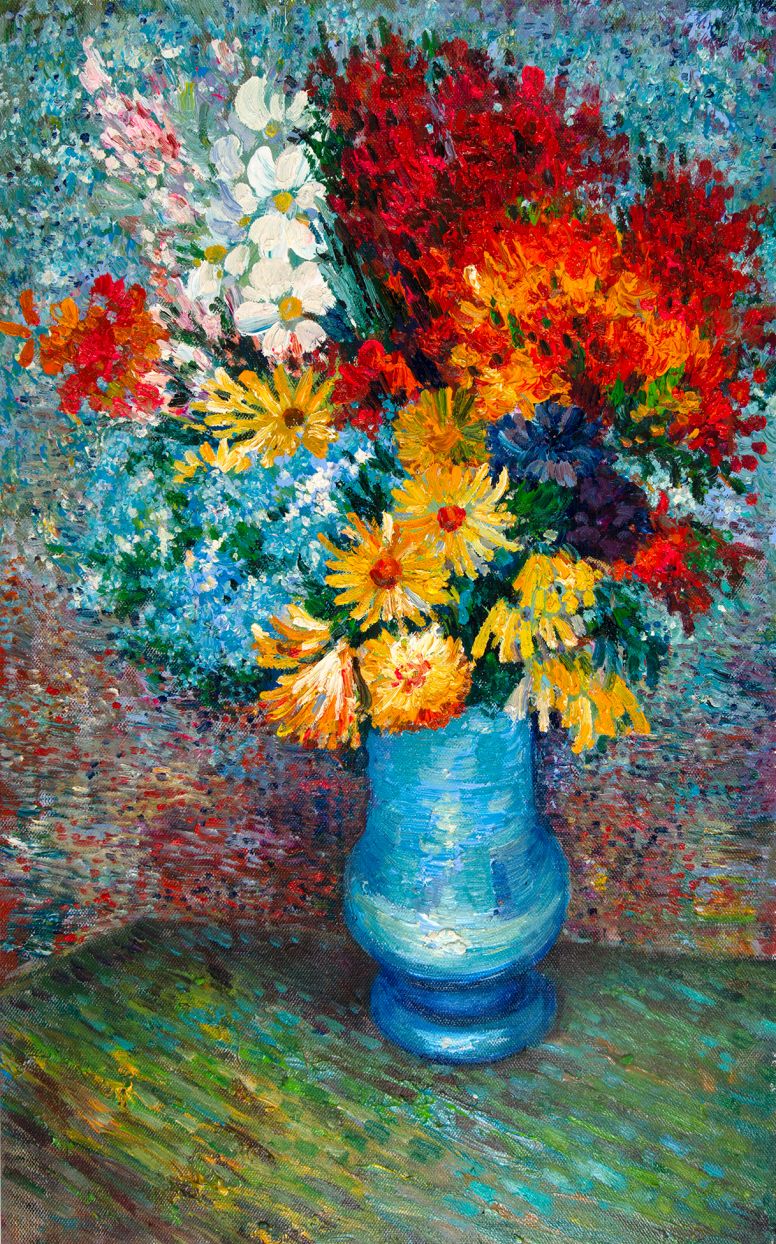
The Art of Composition: Balancing Act of Arrangement
At the heart of floral design lies the art of composition, where individual elements are harmoniously arranged to create a cohesive whole. Balance, proportion, and rhythm are key principles that guide florists in crafting arrangements that are visually appealing and structurally sound. Whether following traditional design techniques or embracing more avant-garde approaches, skilled florists possess an innate sense of composition that allows them to create arrangements that are both dynamic and harmonious. By carefully considering the placement of each bloom and foliage, florists orchestrate compositions that draw the viewer’s eye and invite contemplation.
Cultivating Floral Harmony: Finding Balance in Design
In the realm of floral arrangement, achieving harmony is paramount. It involves a delicate balance between various elements such as color, texture, form, and scale. A harmonious arrangement neither overwhelms nor underwhelms the senses but rather strikes a perfect equilibrium that is pleasing to behold. This balance can be attained through careful consideration of the visual weight of each component and judicious editing to ensure that no element overpowers the others. Just as in a symphony, where each instrument contributes to the overall harmony, every flower and foliage in an arrangement plays a vital role in creating a unified and cohesive composition.
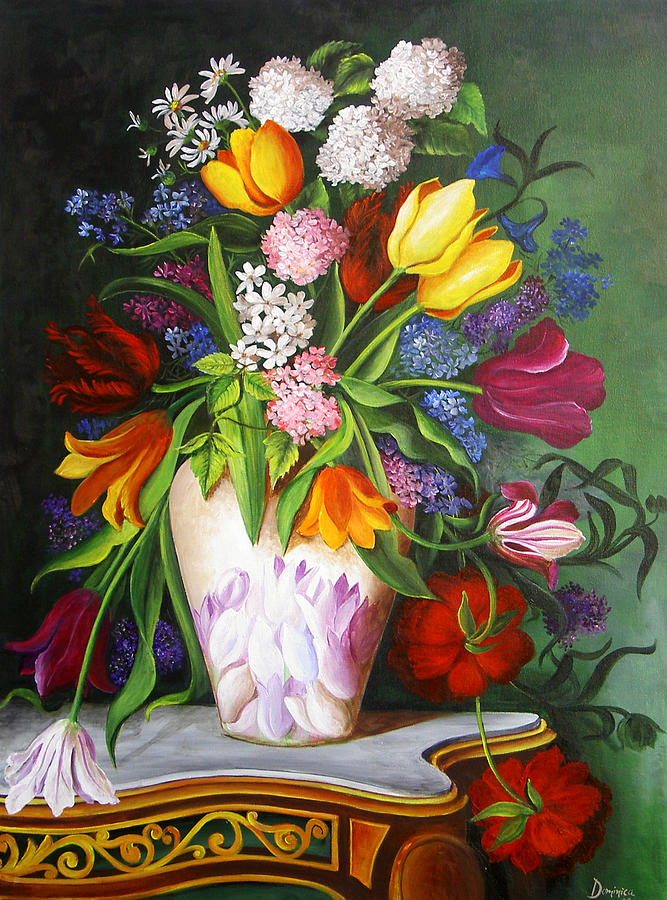
Seasonal Sensibilities: Embracing Nature’s Rhythm
Nature’s bounty changes with the seasons, offering a rich tapestry of blooms and foliage to inspire floral designers throughout the year. Embracing the seasonal abundance not only ensures the freshest and most vibrant materials but also connects the arrangement to the natural rhythms of the earth. Spring heralds the arrival of tulips, daffodils, and cherry blossoms, while summer brings an explosion of roses, peonies, and sunflowers. Autumnal hues of dahlias, chrysanthemums, and asters give way to the stark elegance of winter blooms like amaryllis and hellebores. By embracing seasonal sensibilities, florists infuse their arrangements with a sense of time and place, celebrating the ever-changing beauty of the natural world.
The Rule of Threes: Creating Visual Interest
The rule of threes is a fundamental principle in design that suggests grouping elements in odd numbers creates visual interest and balance. When applied to floral arrangement, this rule guides florists in creating dynamic compositions that capture the viewer’s attention. Whether arranging three focal flowers in a triangular formation or clustering foliage in groups of three to create depth and movement, adhering to the rule of threes adds a sense of rhythm and harmony to the arrangement. This simple yet powerful technique allows florists to create visually engaging compositions that command attention and leave a lasting impression.
Sustainability in Floral Design: Nurturing Beauty Responsibly
In an increasingly eco-conscious world, sustainability has become a crucial consideration in floral design. From sourcing locally grown blooms to reducing waste through mindful pruning and composting, florists are finding innovative ways to minimize their environmental footprint. Embracing sustainable practices not only protects the delicate ecosystems that sustain floral diversity but also ensures the longevity of the floral industry for future generations. By prioritizing sustainability, florists not only create beautiful arrangements but also contribute to the greater good, nurturing beauty responsibly and ethically.
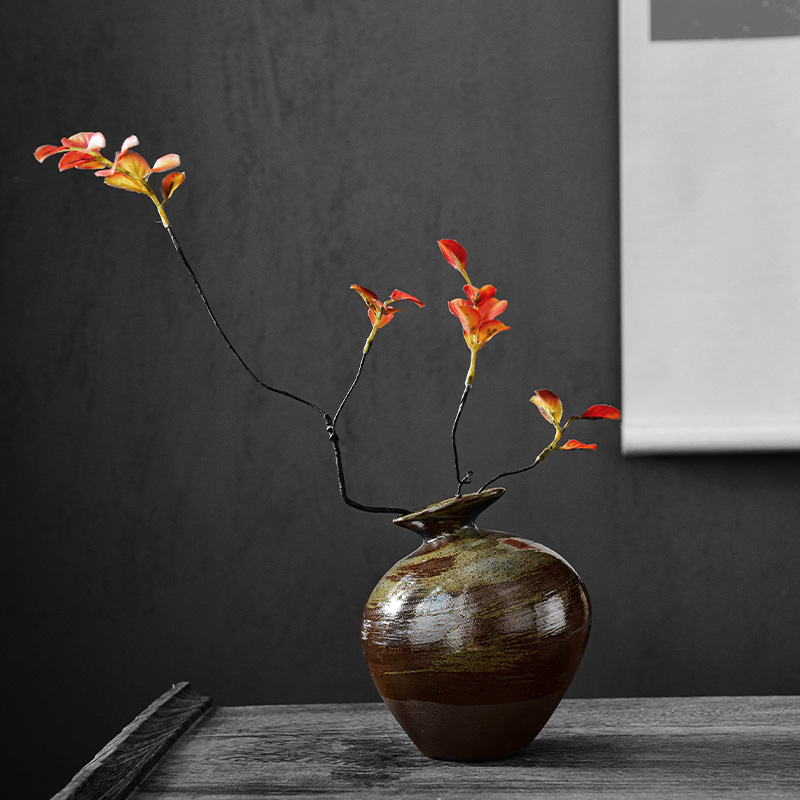
Conclusion
Flower arrangement in a vase transcends mere decoration; it is an art form that speaks to the beauty, complexity, and wonder of the natural world. From the careful selection of blooms to the artful composition of elements, mastering the art of floral design requires both skill and creativity. By embracing the principles of color, texture, form, and composition, skilled florists craft arrangements that are not only visually stunning but also deeply meaningful. Whether adorning a tabletop, brightening a room, or conveying heartfelt sentiments, a well-crafted floral arrangement has the power to inspire, uplift, and enchant all who behold it. In the hands of a master, flowers truly bloom with artistry.





